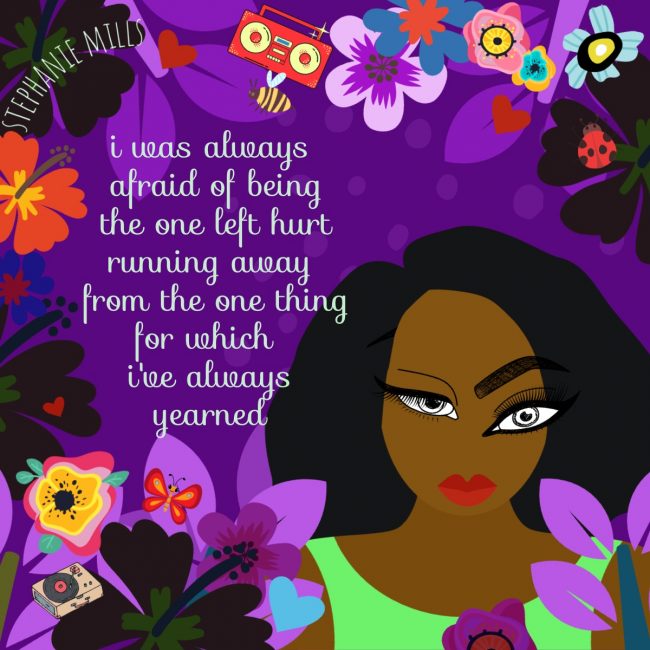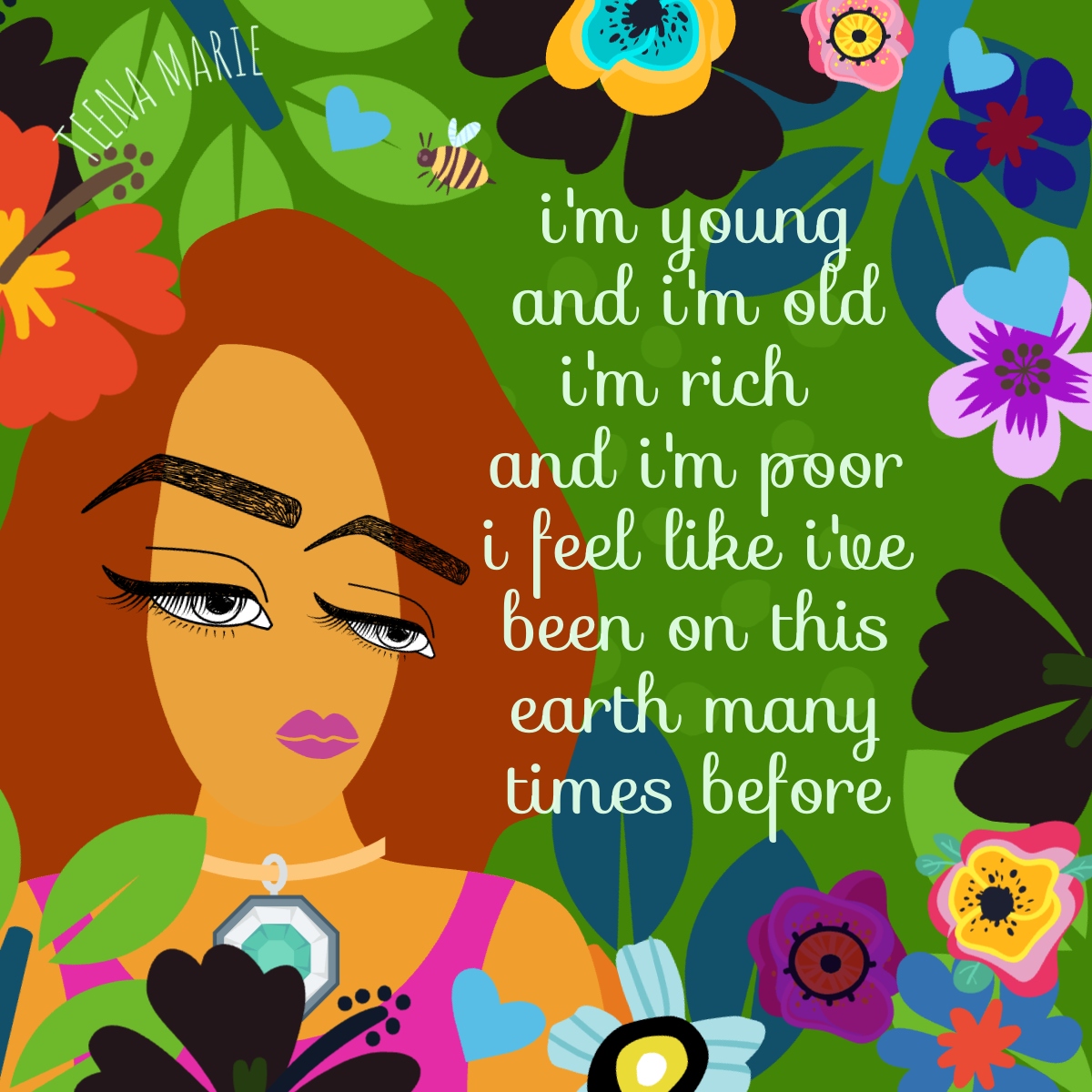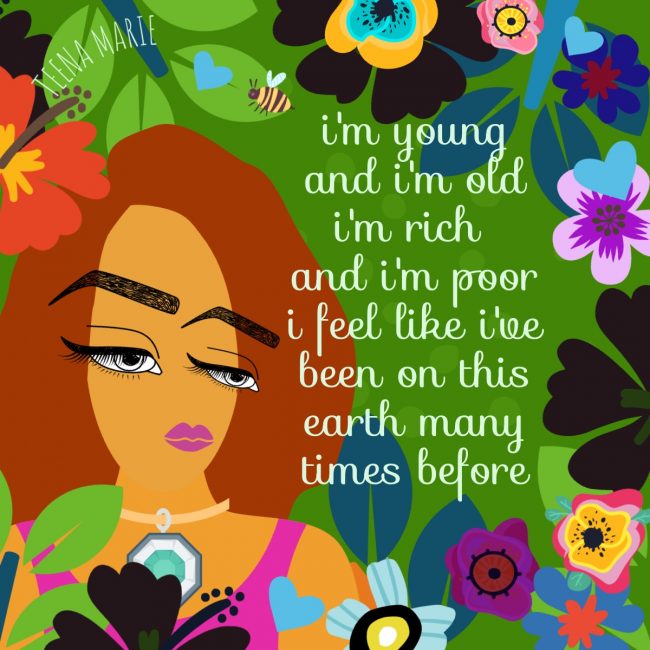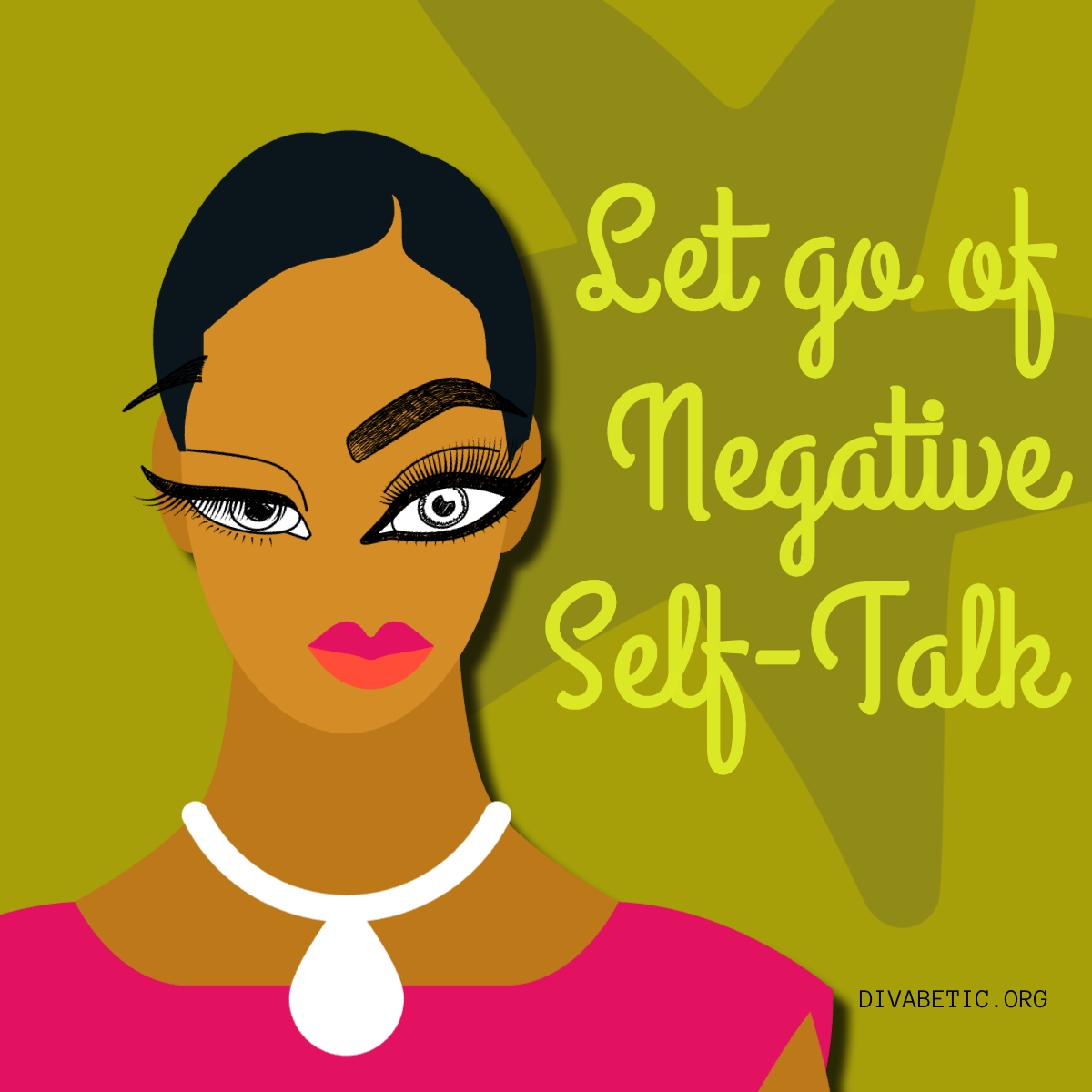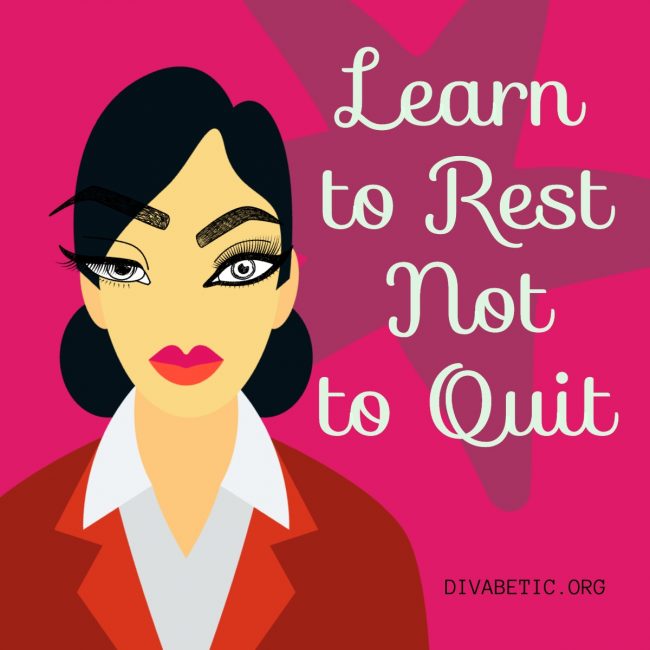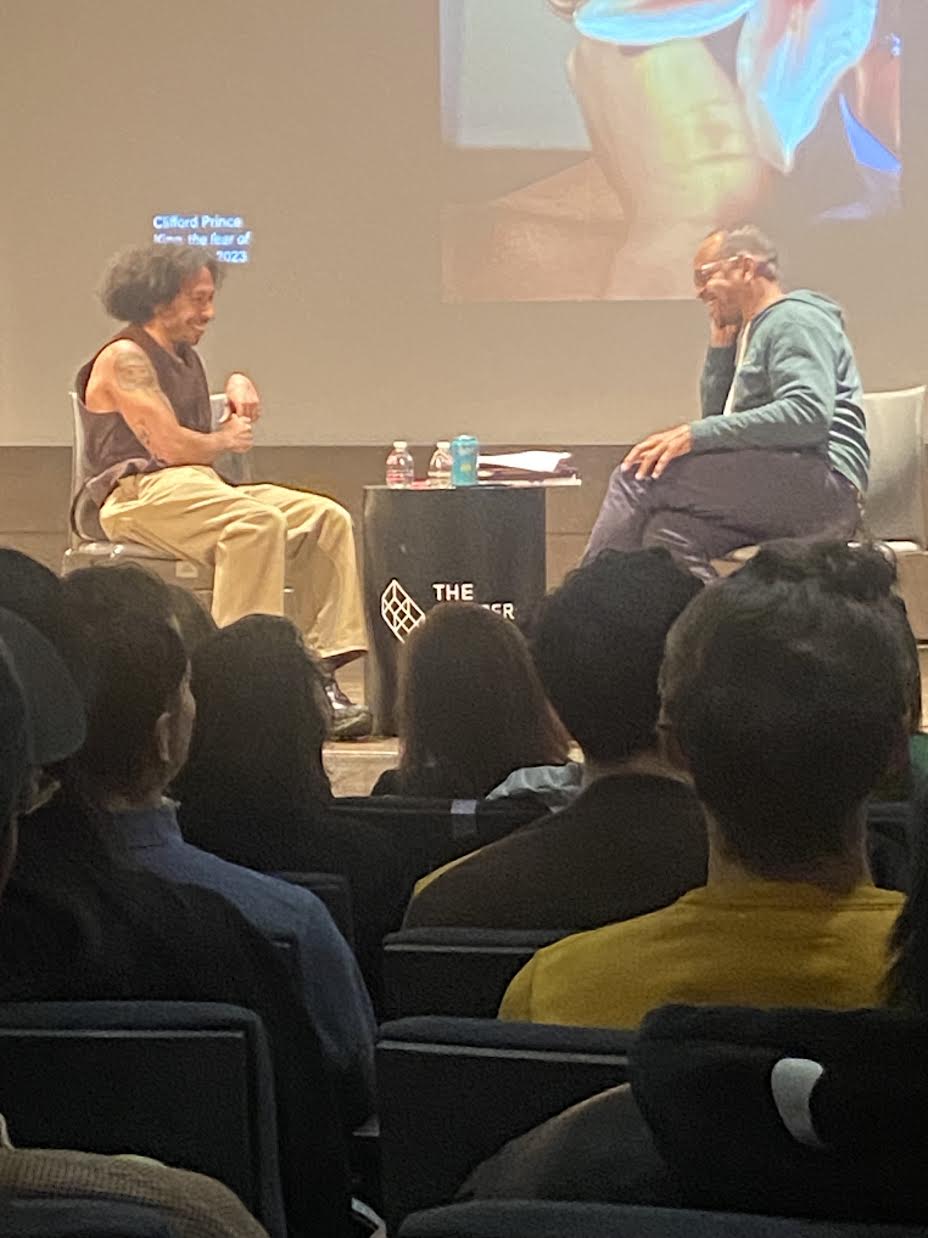Vesta Wiliams was an American singer-songwriter who started her artistic career.
In her teens, she was a member of her cousin, a former member of the 60’s & 70’s supergroup ‘5th Dimension, Ron Townsend’s group, ‘Wild Honey’. She was a sought-after session singer providing background vocals for Anita Baker (‘Rapture’), Jermaine Jackson (‘Precious Moments’), Jeffrey Osborne (‘Emotional’), Stephanie Mills (‘If I Were Your Woman’), Gladys Knight (‘Good Woman’), and Sting (‘Nothing Like The Sun’) among others. This exposure led her to be signed by A&M Records label. She released her first album in 1986 called “Vesta,” which spawned the hit single “Once Bitten, Twice Shy.”

She was disappointed with her first album. She told Donny Simpson that it could have been better if there had been better energy between her team of e-producers. She said, “You have to let some butterflies be free, and I have to be free.”
On her follow-up album, one of our favorites, “Vesta 4 U”, she showed a flair for dramatics. Working with Attala Zane Giles, Eric Daniels, Tena Clark, Gary Prim, and Billy Osbourne, Vesta poured her heart and soul into every lyric. “I always felt that to deliver a song successfully, you have to be an actress,” she said. “A good actress becomes the part, just as a good singer becomes the song.”
The first single, “Sweet, Sweet Love,” reached #4 on the Billboard R&B chart before she released what I consider her signature song, the mega-hit “Congratulations,” a rollercoaster of emotions and frothy camp perfection! The song’s video is like a soap opera on steroids! The song tells the story of a woman mistakenly congratulated by her old friend on her wedding day, but it’s not her wedding. Her boyfriend is marrying another woman. What? Plot twist!
The song tells the story of a woman mistakenly congratulated by her old friend on her wedding day, but little does she know that her soulmate is marrying another woman. What? Plot twist! Vesta, decked out in 80’s fashion staples, runs to the church with her shopping bags, ready to stop the wedding. She arrives just in time with her red lacquered nails and opens the church door. We can only imagine the sound she must have made because several people turned around to notice her. Why didn’t the director didn’t let her drop to her knees, roll on the ground, and crawl to the altar?
Vesta, decked out in 80’s fashion staples, initially laughs off her old friend’s assumption, but then she is completely gobsmacked at the realization. The next thing you know, she takes off like a freight train to head to the church. She doesn’t even put down her shopping bags or throw them in the trunk of her car; Vesta is determined to stop the wedding. Her shady old friend must have given her the address, or there is only one church in town because Vesta knows exactly where to go. Of course, she arrives just in time. Her glossy red lacquered nails open the church door as the couple exchange vows at the altar.
We can only imagine the sound she must have made, like a wolf howling at the moon, because several people turned around to notice her. Won’t you know one of them who catches Vesta throwing daggers at the altar is her old friend? Okay, so if the old friend received a wedding invitation, why did she ask Vesta if she was getting married? Vesta’s cold-hearted old friend set her up. BFF’s?? No, I didn’t think so! I almost expect the old friend to pull out a bag of popcorn, kick off her shoes, and settle in, getting ready to enjoy the show.
Sadly, brokenhearted Vesta sulks in the back of the church and casts a mean shadow. Why didn’t the director let Vesta drop to her knees, roll on the ground, and crawl to the altar instead of standing at the back of the church looking like the Grim Reaper?
Still in the shadows, Vesta reminisces about the ups and downs of her relationship with the groom before having a crazy fantasy about being the bride. It’s like watching a telenovela but with sassy mermaid-style wedding dresses and fluffy tulle veils with lots of bodacious bows. Why Vesta is so verclemped is puzzling, too. In one of her ‘between the sheets’ flashbacks, we see the groom for who he really is – a dirty dog. After passionately making love, the couple is in the kitchen wearing satin robes. Vesta catches the groom on the phone talking to someone and scowls at him. Was he talking to Vesta’s old friend? I don’t think so.
Back at the church, Vesta faces the hateful hand of cards she’s been dealt. Once the service is over, the newlyweds drive off in a limousine. A disgusted Vesta crosses the street and, I assume, heads to the closest dive bar. Ultimately, we learn that Vesta needs therapy and a new friend. Her old friend knew exactly what button she was pushing when she dropped the bomb of life on Vesta. She didn’t even get up to console Vesta when she saw her lurking in the back of the church. But hey, at least we got an epic song out of a backhanded slap in the face.
The big payoff is listening to Vesta repeatedly deliver the word “congratulations” throughout the video. She flexes, stretches, and marinates in every syllable like she’s getting paid per “congratulations.” It requires repeated listening, but trust me, it’s worth it.
I’m not the only one who loved this song or the video.”Congratulations” received massive airplay, and Vesta‘s popularity soared as a singer and songwriter. I found she co-wrote the song with Tena Clark and Gary Prim, too.
Of “Congratulations,” Vesta said “Tena wanted a situation where ‘congratulations’ is the last word you’d expect to hear. And so we came up with a concept about having it be about a woman who lost her love. She runs into the church and the only thing she could say is congratulations – unless she ran in and blew up the place, which would have ended the song rather abruptly.” Vesta’s performance of the song on “The Arsenio Hall Show” earned Vesta a standing ovation, one of a handful of ovations in the show’s history. When asked during an appearance on the Arsenio Hall show if she had written “Congratulations” based on a personal experience, the songstress replied, “Oh No Honey, if that ever happened to me, I’d probably burn the church down, or something.”
Vesta’s stage show featured much more than music. She liked to tell jokes, make funny quips, and was a gifted impressionist of famous singers like Tina Turner during her live performances. “A lot of people called me the black Bette Midler, and I regard that as a compliment, “she said.
During her music career, Vesta Williams recorded songs for films, including Soul Man and Mississippi Burning, and the theme from the television mini-series Women Of Brewster Place. Sadly, Vesta Williams’s unexpected and untimely death left a hole in our hearts. She became a folk heroine for R&B fans because she beautifully conveyed betrayal and loss, which we laughed along with, not at her. This self-proclaimed diva with a four-octave range is a part of the soundtrack of my life. She epitomizes all the emotions between heartbreak, love, and romance in The Quiet Storm, and we thank her for that.
Sadly, Vesta remains restrained throughout the ceremony, reminiscing about their awkward relationship with the groom and fantasizing about being the bride. It’s like watching a telenovela but with more mermaid-style wedding dresses and fluffy tulle veils with lots of big bows. The big payoff is listening to how Vesta delivers the word “congratulations” repeatedly throughout the video. She flexes, stretches, and marinates in every syllable like she’s getting paid per “congratulations.” It requires repeated listening, but trust me, it’s worth it. Ultimately, we learn that Vesta needs therapy and a new friend. Her old friend knew exactly what button she was pushing and dropped the bomb of life on her. But hey, at least we got an epic song out of it!
Sadly, Vesta Williams’s unexpected and untimely death left a hole in our hearts. She became a folk heroine for R&B fans because she beautifully conveyed betrayal and loss. She was gifted at doing impressions of famous singers like Tina Turner, often telling jokes and making quips during her live performances. “If you got it, flaunt it; if you don’t, cover it up,” is how she defended wearing low-cut dresses. We laughed along with the self-proclaimed diva with a four-octave range, not at her.







